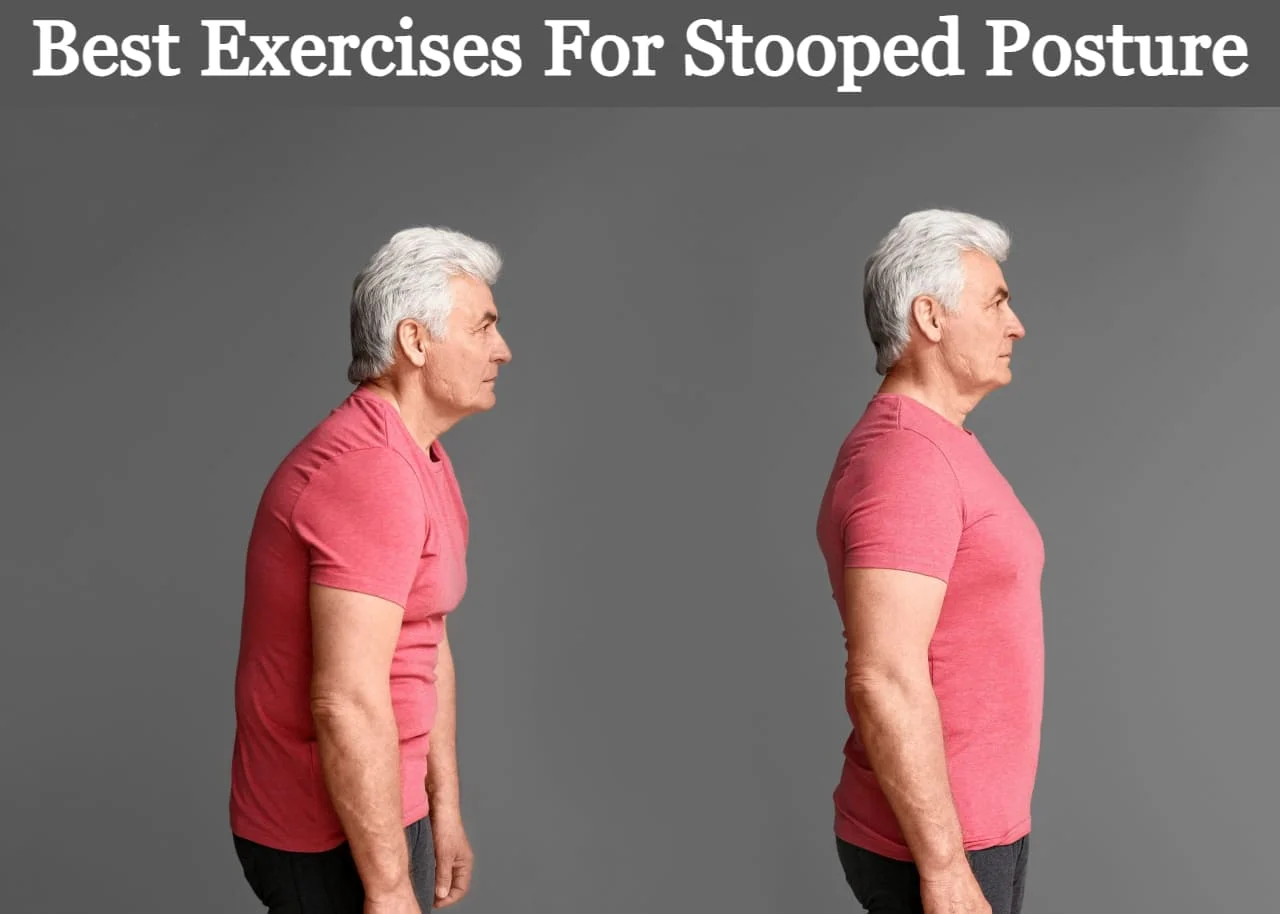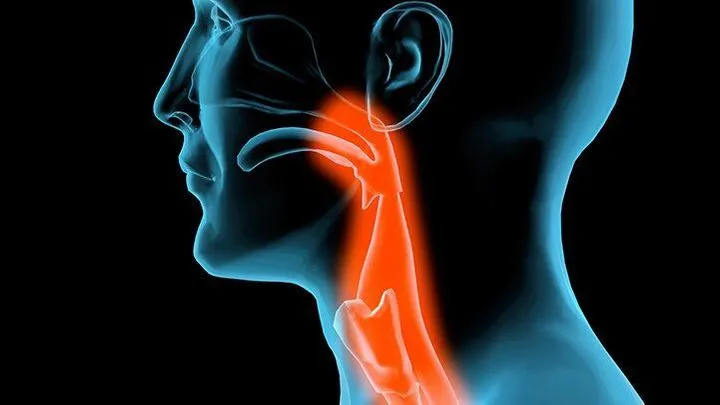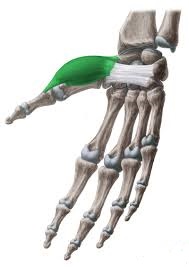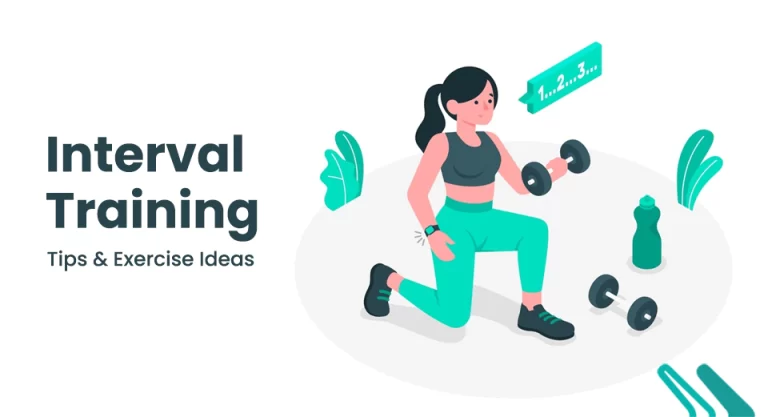7 Best Exercises For Stooped Posture
Exercises for stooped posture are essential for correcting the hunch, enhancing mobility, and strengthening muscles to promote better posture.
Importance of Exercises For Stooped Posture
As we age, maintaining good posture becomes increasingly important for overall health and well-being. However, many elderly individuals may develop a stooped posture due to factors such as muscle weakness, joint stiffness, and reduced flexibility. This can not only affect their appearance but also lead to discomfort and an increased risk of falls.
For seniors in particular, exercise is crucial to maintaining their health and fitness. Seniors who maintain good posture might avoid acquiring stooped Posture, mobility problems and continue to be active and independent.
Unfortunately, as people age and lead stressful lifestyles, a lot of seniors have a tendency to stoop over time. Thankfully, there are a number of exercises that can assist realign this posture and enhance mobility in general.
This article explains seven efficient posture-improving exercises for seniors.
What is a Stooped Posture?
A stooped posture, also known as kyphosis or hyperkyphosis, refers to an excessive forward rounding of the upper back. This position can make it harder to move around and maintain balance, which increases the risk of falls and fractures. In addition, respiratory problems, chronic pain in the neck, back, and shoulders, and a general decline in quality of life may result from it.
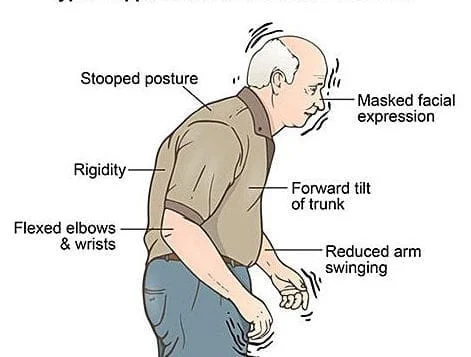
Improving posture with stretches, exercises, and lifestyle changes can help reduce symptoms and stop the condition from getting worse.
Exercises to Improve a Stooped Posture
Elderly people’s posture can be improved using a combination of alignment, strength, and flexibility exercises.
These are 7 efficient exercises designed especially to help seniors with their stooped posture:
Shoulder Blade Squeeze:
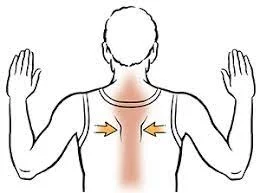
- Sit or stand with your back straight.
- Gently squeeze your shoulder blades together.
- Hold this position for 5-10 seconds
- then relax.
- Repeat for 10-15 repetitions.
Chest Stretch:
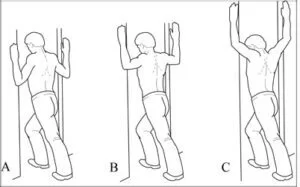
- Stand in a doorway with place your arms at your sides.
- Your hands should be just over shoulder height on the door frame.
- Move forward until you feel a light stretch at your chest.
- Hold for 15-30 seconds, then relax.
- Repeat 2-3 times.
Chin Tuck:

- Take a Sitting or standing position with your back straight and shoulders relaxed.
- Gently tuck your chin towards your chest, keeping your head level.
- Hold this position for 5-10 seconds
- then relax.
- Repeat for 10-15 repetitions.
Thoracic Extension:
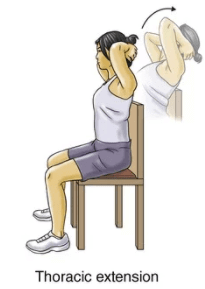
- Take a Sitting position on a chair with place your feet flat on the floor while maintaining your back straight.
- Keep your hands behind your head while your elbows out to the sides.
- Slowly arch your upper back backward, opening your chest.
- Hold for 5-10 seconds
- then return to the starting position.
- Repeat for 10-15 repetitions.
Cat-Cow Stretch:
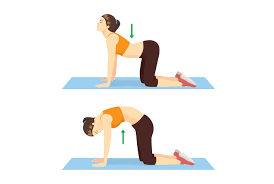
- Place your wrists beneath your shoulders and your knees under your hips to perform this exercise.
- Inhale as you arch your back, lowering your belly towards the floor and lifting your head and tailbone towards the ceiling (cow pose).
- Exhale as you round your back, tucking your chin to your chest and drawing your belly button towards your spine (cat pose).
- Continue flowing between cow and cat poses for 5-10 repetitions.
Wall Angels:
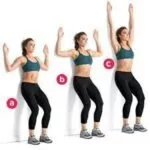
- Stand with your back against a wall, feet hip-width apart, and arms by your sides.
- Slowly raise your arms to shoulder height, then bend your elbows to a 90-degree angle, with your upper arms parallel to the floor and your forearms pointing upward.
- Press your arms and hands against the wall as you slide them up and down in a controlled motion, keeping contact with the wall throughout.
- Aim to keep your shoulders, elbows, and wrists in contact with the wall as you move your arms up and down.
- Perform 10-15 repetitions, focusing on maintaining proper alignment and engaging the muscles of the upper back and shoulders.
Seated Row with Resistance Band:
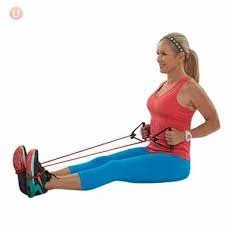
- Sit on a chair with your feet flat on the floor, knees bent, and back straight.
- Secure one end of a resistance band around a stationary object or anchor point at waist height.
- Hold the other end of the resistance band in each hand, palms facing inward, and arms extended in front of you.
- Keeping your elbows close to your sides, slowly pull the resistance band toward your body, squeezing your shoulder blades together as you bring your hands to your sides.
- When the movement is finished, pause for a little while before slowly taking a step back to the beginning.
- Focus on controlled motions and engage the shoulders and upper back muscles as you perform ten to fifteen repetitions.
Stooped posture exercises video
Elderly people must be very careful when performing these exercises; they must begin cautiously and increase the intensity gradually as tolerated. It is advisable to seek advice from a Physical therapist or healthcare professional prior to starting any new exercise program, particularly for individuals with pre-existing health disorders or concerns.
Further supporting efforts to enhance posture and general spinal health include regular mobility breaks and keeping good posture throughout everyday tasks.
Physical Therapy for Stooped Posture
When it comes to treating stooped posture, physical therapy is very important for elderly people.
Postural Correction Exercises:
Physical therapists recommend targeted exercises designed to improve flexibility in tight muscles and strengthen the muscles that maintain good posture. These exercises, which treat muscular imbalances and encourage improved alignment of the spine and shoulders, may include chin tucks, thoracic extensions, shoulder blade squeezes, and other focused movements.
Manual Therapy Techniques:
Physical therapists frequently utilize manual treatments, such as joint mobilization, soft tissue mobilization, and myofascial release, to treat joint stiffness, muscle tightness, and restricted movement patterns. These methods assist with pain relief, range of motion enhancement, and spine and surrounding structural alignment.
Functional Training:
To help with daily tasks and motions, physical therapists include functional exercises and activities in therapy plans. To establish healthy postural habits and lessen the strain on the spine, this may involve using appropriate body mechanics when sitting, standing, walking, lifting, and reaching.
Education and Postural Awareness:
To encourage long-term postural development, patients get education and coaching from the physical therapist on ergonomic principles, optimal body mechanics, and lifestyle adjustments. This could include tips for making ergonomic changes at work or home, as well as techniques for keeping proper posture in a variety of settings and activities.
Home Exercise Program:
In order to support sustained improvement in between therapy sessions and to supplement in-clinic treatment, patients are frequently given a home exercise program made up of prescribed stretches and exercises.
Conclusion
Age-related alterations in the spine, muscles, and joints may manifest as a stooped posture. Exercise is a great approach to help correct a hunched posture, and there are a number of poses that are specially made for senior citizens to aid with posture.
Furthermore, because Physical therapist uses a range of methods to help with posture, receiving Physical therapy care can also be an effective tool for better posture. Seniors can preserve their mobility and independence, as well as improve their posture, by combining Physical Therapy with exercise.

